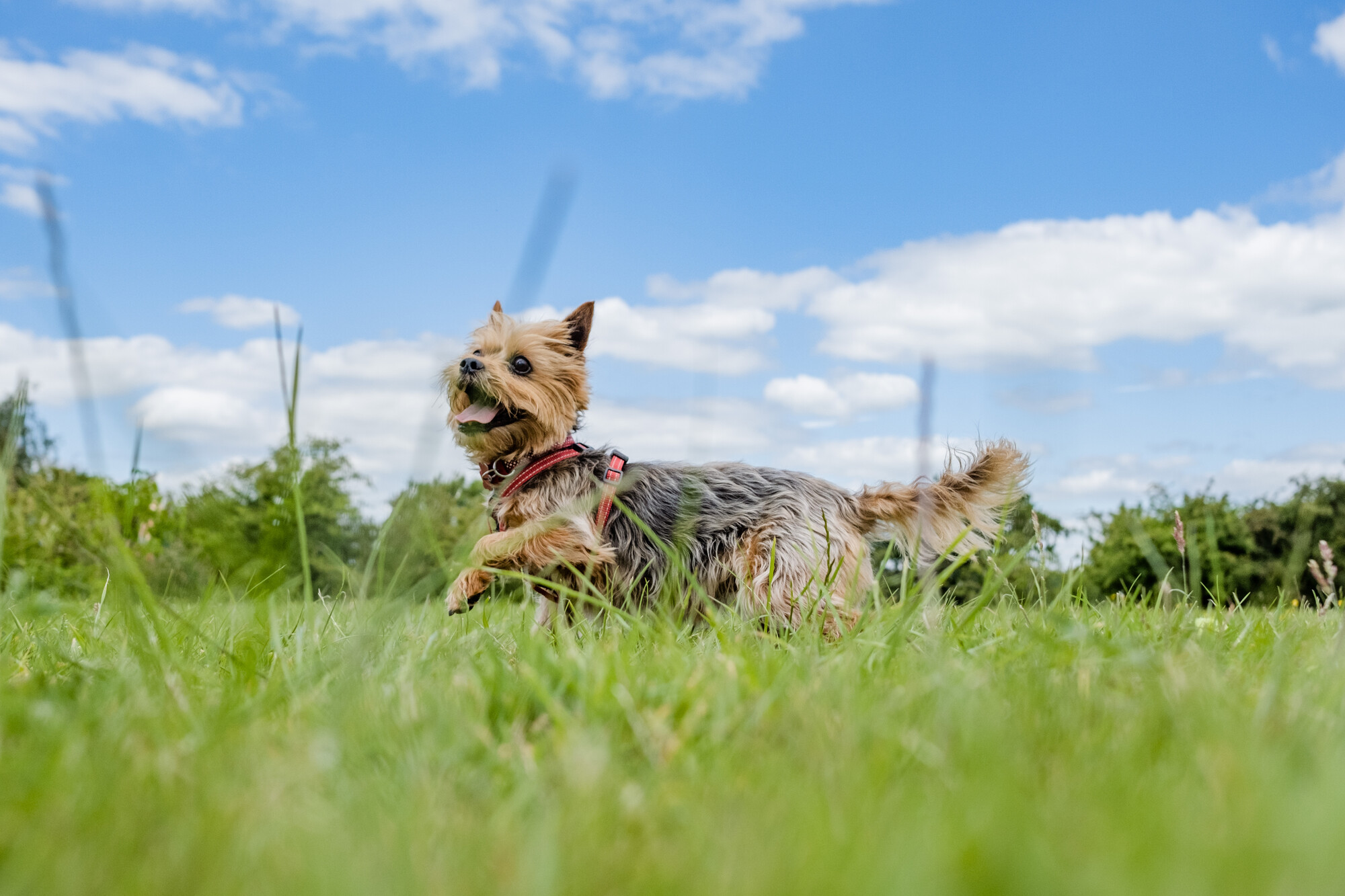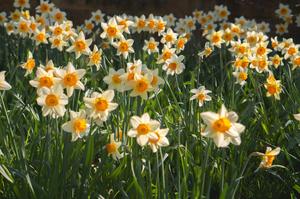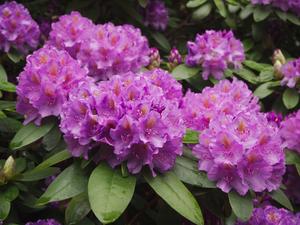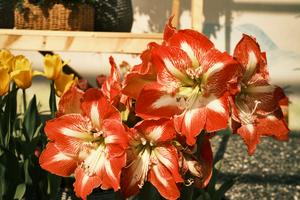
Spring plants poisonous to dogs
Spring plants mark the beginning of a new season, but some of these popular plants are poisonous to our dogs.
Spring is a time when many common plants start to bloom, but while they may look pretty, some are poisonous to dogs. We often keep spring plants in both our gardens and inside our homes, so although cases of poisoning are rare, it’s a good idea to get to know which spring plants are poisonous so you can keep them well out of reach – especially if your dog is known to chew or dig!
Important
Always contact your vet if you think your dog has eaten something they shouldn't.
Daffodils
Daffodils are poisonous to dogs if they eat the flowers or bulbs, or if they drink water from a vase with daffodils inside. The bulbs are often the most poisonous part of daffodils, as this is where the toxins are most concentrated. Symptoms of daffodil poisoning can include an upset stomach and vomiting, and you may also notice that your dog is very sleepy and wobbly. A dog that has been poisoned by daffodils may also have fits.
It's important to make sure that your dog is unable to dig up daffodils. For more information, take a look at our advice on creating a pet friendly garden.
Tulips
Tulips can irritate your dog’s mouth and stomach if eaten. Most dogs will only experience drooling, sickness and diarrhoea, but heart problems and difficulty breathing are also signs of more serious cases of tulip poisoning. Much like daffodils, the bulbs are the most poisonous part of the plant and should be kept out of your dog's reach.
Note
You may not know that your dog has eaten a poisonous plant until they show symptoms. Getting to know the symptoms of plant poisoning can help you spot the signs quickly.
Bluebells
Bluebells are poisonous to dogs because they contain a toxin that affects the heart. Bluebell poisoning will normally result in an upset tummy, but if eaten in very large amounts, it can be fatal.
Bluebells are often found in woodland areas, so remember to keep an eye on your dog during walks to make sure they do not eat anything they shouldn't.
Rhododendrons and azaleas
Classed as either rhododendron or azalea, this brightly coloured plant is highly poisonous to dogs. All parts of the rhododendron plant is toxic, and just eating a small amount can cause your dog to become very unwell. Smaller dogs and puppies are more likely to be affected seriously by rhododendron poisoning than larger dogs.
If you think your dog has eaten part of a rhododendron or azalea plant, contact your vet immediately. In severe cases, rhododendron poisoning can be fatal.
Amaryllis
Amaryllis are brightly coloured plants that naturally bloom during spring.
They can be found both indoors and outdoors, but all parts of the plant is poisonous to dogs and should always be kept out of reach.
Other spring plants poisonous to dogs
There are many other plants and bulbs that flower during spring, which are also poisonous to dogs. Those in bold are potentially fatal, so please take care to avoid these:
- Amaryllis
- Bluebells
- Buttercups
- Crocuses
- Cyclamen (root)
- Daffodils/narcissus (blubs)
- Elderberry
- Foxglove (leaves and seeds)
- Hyacinth (bulbs)
- Lupin (leaves, seeds)
- Onion (causes anaemia)
- Rhododendron and azalea (whole plant)
- Rhubarb (leaves)
- Sweetpea (stem)
- Tulips
- Wild cherry tree (twigs and foliage)
- Yew (berries and foliage)
Note
Spring is a popular time to organise the garden ready for the new season, but don’t forget to check which plants are safe for dogs before you plant anything new. Here's our full list of plants poisonous to dogs.
What should I do if my dog has been poisoned?
If you think your dog has been poisoned, contact your vet immediately. Don't wait for symptoms of poisoning to appear if you have seen your dog eat something they shouldn't.
If your dog is showing signs of poisoning, it’s also a good idea to make a note of the following:
- Details of anything you think your dog has eaten
- When they ate or drank it
- How much they have swallowed
- What symptoms they have been experiencing
The sooner your dog is treated, the better their chance of recovery.
Page details
Reviewed
• 24 February 2023
Next review
• 24 February 2026










